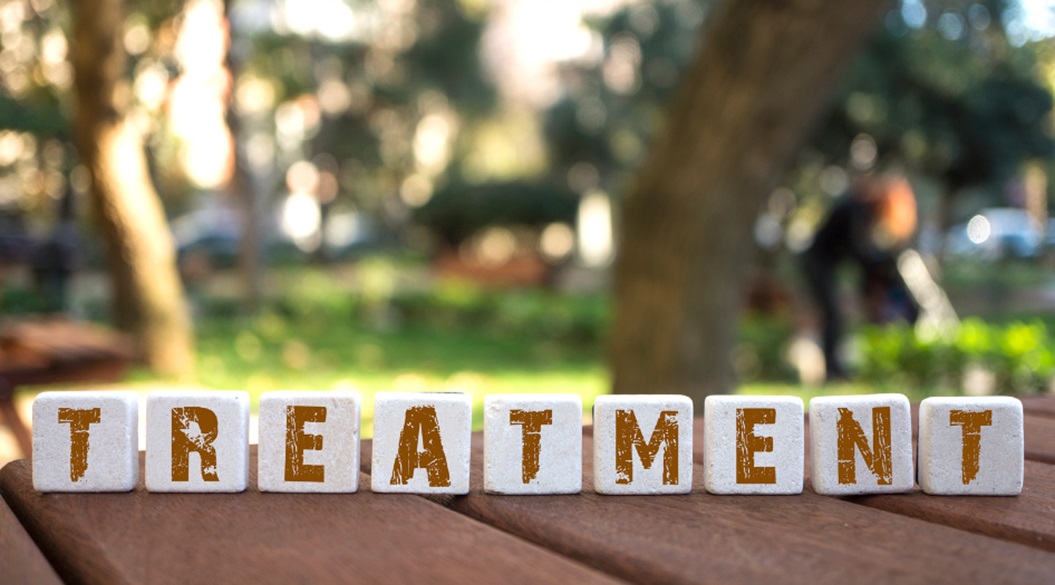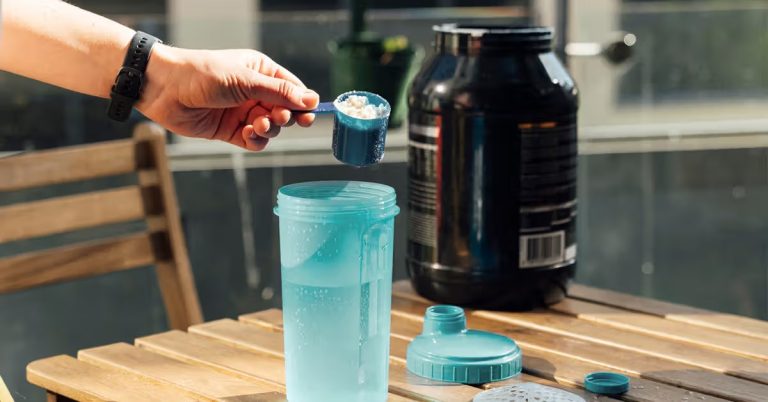
Ketamine for Seasonal Depression Treatment?
As the seasons change, so too can our moods. Seasonal depression, also called Seasonal Affective Disorder (SAD), is a type of depression that arise during the fall and winter months. It’s believed to be caused by the inadequacy of sunlight, which disrupts the body’s internal clock and serotonin levels. For many people, traditional treatments such as therapy and medication can help alleviate SAD symptoms. However, a more unconventional option is emerging: ketamine.
What is Ketamine?
Ketamine is a medication used for anesthesia, but it’s been making a significant impact in the mental health field as a prospective treatment for depression and suicidality. This off-label use has particularly gained attention for its potential to provide rapid relief in individuals experiencing suicidal thoughts, with several studies showing positive results. Clinics offering ketamine for suicidal thoughts have begun popping up in response to this growing interest.
How Does Ketamine Work for Seasonal Depression?
Ketamine is believed to work through its effects on the glutamate system in the brain, a neurotransmitter involved in learning and memory processes. By targeting this system, ketamine may help to restore synaptic connections in brain regions that are impaired by depression. This effect is thought to be faster than traditional antidepressant medications, which generally take weeks to start working.
It’s important to note that ketamine is not a first-line treatment for depression and is reserved for individuals who have not acknowledged other forms of treatment, such as therapy or traditional medications. However, its potential to provide rapid relief in severe cases of seasonal depression makes it an intriguing option for those struggling to cope with winter blues.
What Can You Expect from Ketamine Treatment?
If you’re considering treatment for seasonal depression, it’s essential to consult with an experienced healthcare professional of ketamine for suicidal thoughts in Maryland, who can assess your suitability for this treatment. Ketamine is typically administered via a series of intravenous infusions or as a nasal spray, with treatment sessions lasting around 45 minutes to an hour.
Some individuals may experience a significant reduction in depressive symptoms after just one ketamine infusion, while others may require several sessions before experiencing improvement. As with all forms of treatment, results can vary from person to person. Nonetheless, many people have reported feeling a sense of relief and improved mood following ketamine therapy.
Weighing the Benefits and Risks
Ketamine is not without risks and potential side effects, including dissociative experiences, dizziness, and increased blood pressure during treatment sessions. Furthermore, some individuals may experience a return of depressive symptoms once the initial effects of ketamine wear off. It is vital to weigh the potential benefits and risks with your healthcare provider before embarking on this treatment path.
To Sum Up
Ketamine represents a promising option for individuals struggling with seasonal depression who haven’t found relief from traditional treatments. By working with a qualified provider and carefully considering the potential benefits and risks, ketamine therapy may offer a beacon of hope during the darker months of the year.












